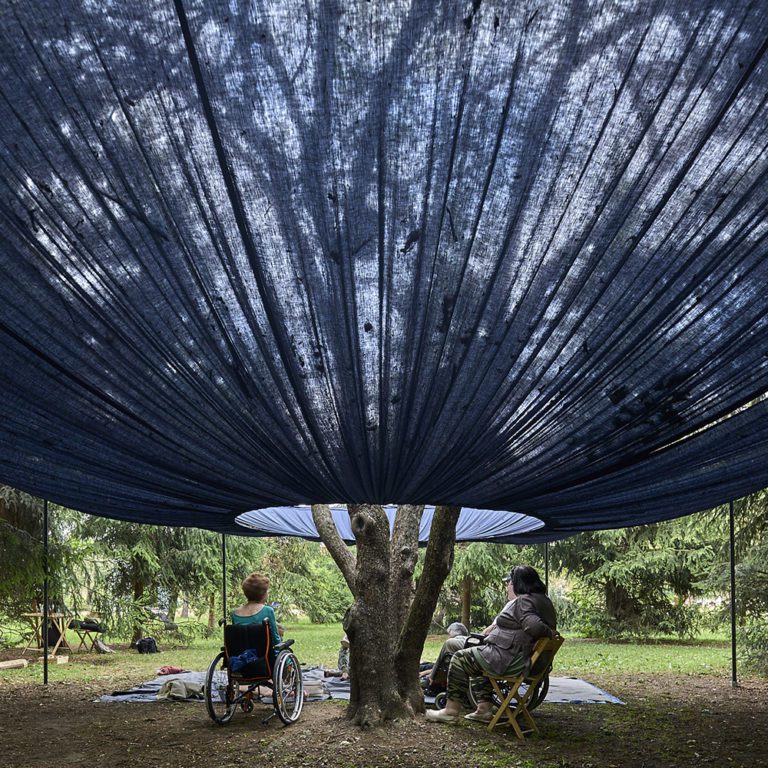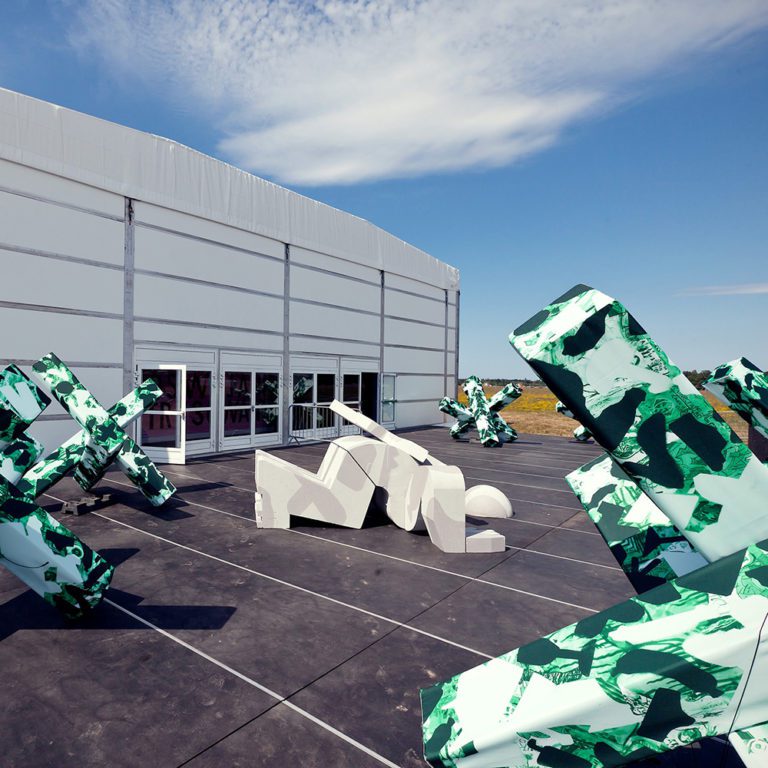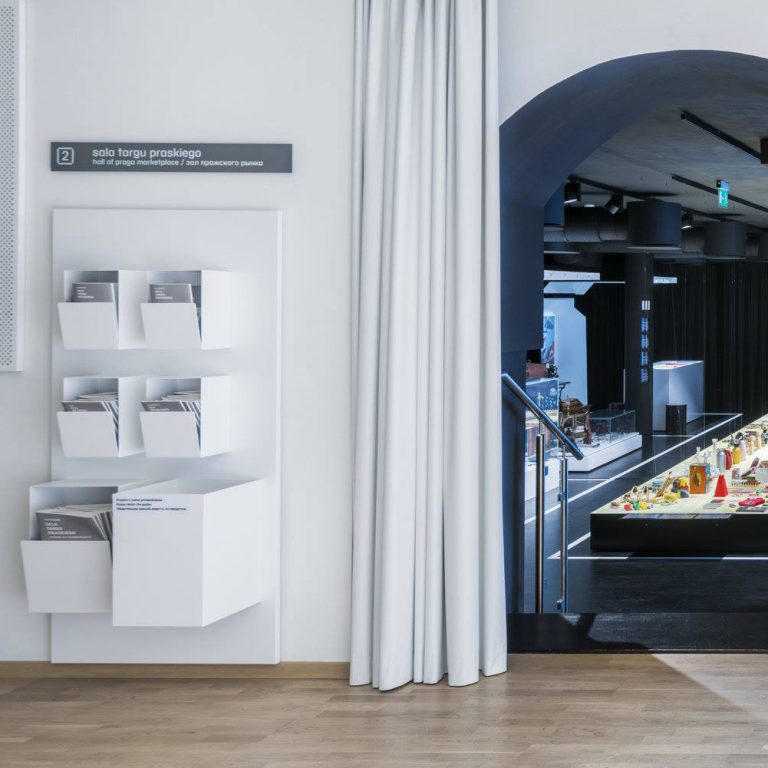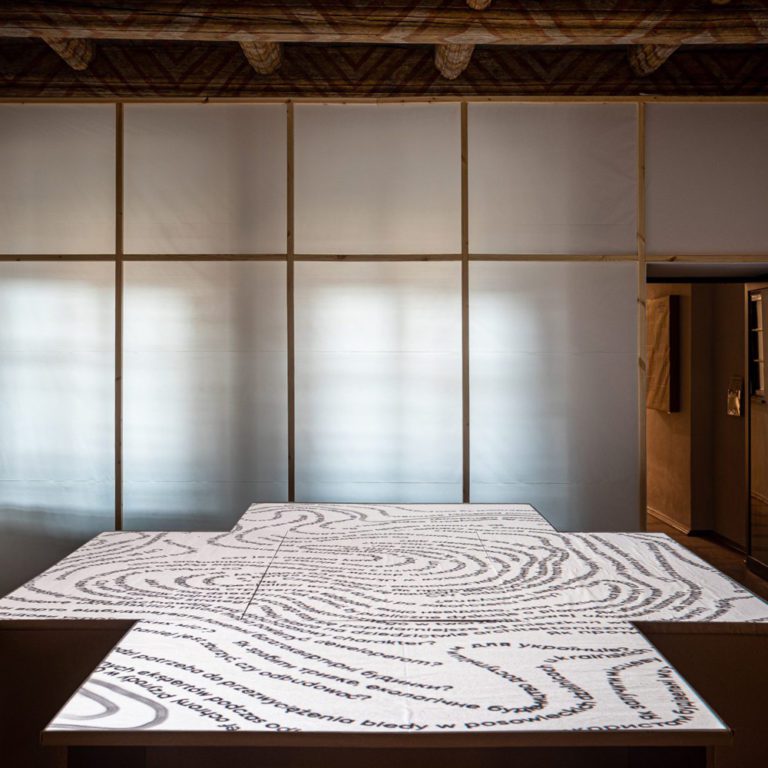
Warsaw Under Construction 10. Neighbours
exhibition design:
Tomasz Świetlik, design assistant: Michał Kulesza
exhibition graphic design:
Maciek Chodziński, Katarzyna Łygońska
\
curatorial team: Szymon Maliborski, Visual Culture Research Center
production: Julia Kern-Protassewicz, Aleksandra Nasiorowska, Matylda Dobrowolska, Elżbieta Petruk, Klementyna Świeżewska
Tomasz Świetlik, design assistant: Michał Kulesza
exhibition graphic design:
Maciek Chodziński, Katarzyna Łygońska
\
curatorial team: Szymon Maliborski, Visual Culture Research Center
production: Julia Kern-Protassewicz, Aleksandra Nasiorowska, Matylda Dobrowolska, Elżbieta Petruk, Klementyna Świeżewska
client: Museum of Modern Art in Warsaw
13.10 – 11.11.2018
Cepelia Pavillon, Poland, Warsaw, ul. Marszałkowska 99/101
3D walk
article: Ruination Design in Practices in Research #04 (page 131)
13.10 – 11.11.2018
Cepelia Pavillon, Poland, Warsaw, ul. Marszałkowska 99/101
3D walk
article: Ruination Design in Practices in Research #04 (page 131)
Just like residents of other Polish cities, more and more Varsovians are discovering that their neighbors living next door are Ukrainians, Belarusians, Moldovans, Russians, Georgians, or Uzbeks. It's the first time since the end of World War II that Poland ceases to be a monoethnic country. Encouraging reflection on this situation, the festival introduced an external perspective by inviting curators from the Kyiv-based VCRC collective to create an exhibition. The broadly understood neighborhood is presented at the exhibition from various points of view, encompassing aspects of living conditions, labor rights, identity relations, and from a social and geopolitical perspective.
The exhibition took place in the post-war modernist Cepelia pavilion, which during the political transformation underwent a series of modifications. From what was once a spacious showroom for Polish craftsmanship products, became a fragmented patchwork of new functions like a photocopy point, kiosk, shop, internet cafe, club, and finally a casino.
The architectural work on the historic building thus began with a semi-archaeological examination of all the layers that had accumulated over the years. The idea was to treat these layers with equal attention regardless of their age. The stories carried by the building concerned, among other things, the shaping of Polish national identity during the era of socialist realism, legal and organizational changes during the period of political transformation, cultural and aesthetic reorientation at the turn of the century, and the gradual loss of recognition of the building obscured by layers of advertisements.
The exhibition space was created based on the wealth of accumulated traces of history. Uncovering and modifying individual layers enriched and directed the narrative of the exhibition, as well as influenced the way individual artistic works were displayed and received. This was achieved, among other things, by utilizing the pre-existing décor of the casino (serving as the backdrop for displaying works that spoke of the intersection of reality and imagination), or by revealing the original modernist elements of the building (as part of exhibition’s narrative about heritage and history).


